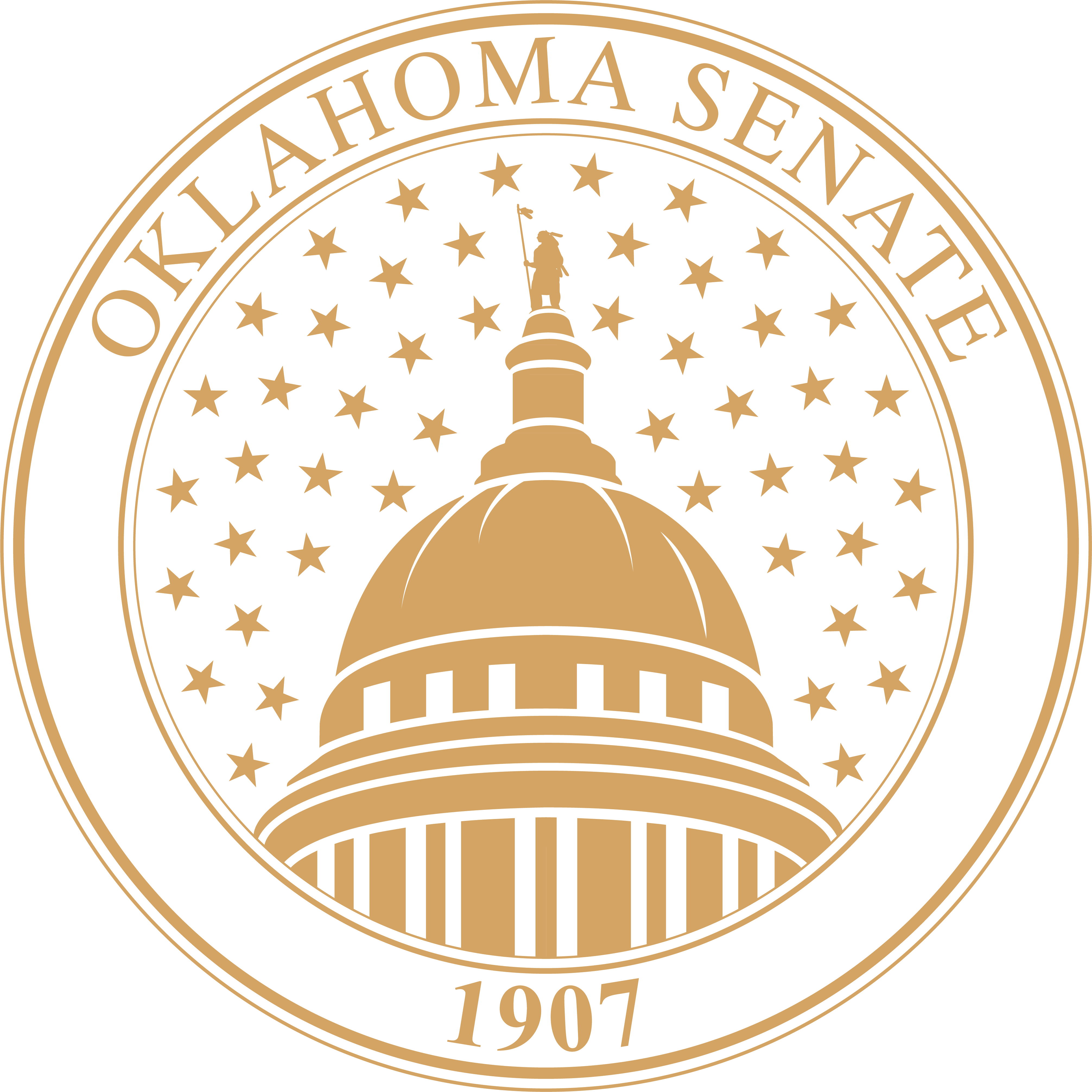In order to provide equal access and equal opportunity to people with diverse abilities, this site has been designed with accessibility in mind. Click here to view
Joint Statement from Lt. Gov. Fallin, Senator Williamson and Representative Hiett on Governor Henry’s Tort Plan
State Capitol, Oklahoma City – Lieutenant Governor Mary Fallin, Senate Republican Floor Leader James Williamson, and House Republican Floor Leader Todd Hiett issued the following statement on the tort plan issued by Governor Henry’s medical liability task force on Friday:
There is a single purpose to passing medical lawsuit reform in Oklahoma: To lower the cost of skyrocketing medical malpractice insurance for doctors and medical providers, thereby lowering the overall medical costs for Oklahoma families.
Governor Henry's task force on medical liability reform met for over two and a half months behind closed doors. Last Friday, the task force released its recommendations.
Thankfully, Governor Henry’s proposed five-year moratorium on additional reforms was not included in the task force’s recommendations. There should never be a ban on progress in Oklahoma – especially when it would help ensure patient access to health care, lower liability costs for doctors, and ultimately reduce the cost of health care for all Oklahomans.
While the task force’s recommendations could be a small step in the right direction, we continue to believe the recommendations fall far short of the kind of comprehensive reforms we believe are necessary.
At the same time, we are adamant that tort reform should be the subject of public scrutiny and debate. Republicans are open to supporting this legislation, but we believe it is critical to know whether the task force’s modest proposals will actually reduce medical costs in Oklahoma. The Governor should make the details of his task force's work available to the Legislature and to the public, including evidence of its potential effect on the cost of health care.
A thorough public discussion of the issues in his bill would include: Will the bill protect those in the medical profession from costly malpractice insurance and lawsuits? Will it bring down the cost of health care in our state? If so, by how much and when? What evidence is there to support a reduction in premium rates? With whom did the task force consult? What were the models of reform that they considered? Why were certain reforms rejected? What methods of limiting non-economic damages were examined? What were the key arguments asserted by those in favor of and opposed to the reforms proposed?
Finally, we would like to thank the doctors and medical professionals who participated in the negotiations for medical lawsuit reform. Given Governor Henry’s support for and from trial attorneys, the modest reforms they extracted from the task force can be viewed as a success. We look forward to working with the medical community and other stakeholders over the next year to enact comprehensive lawsuit reforms for the entire business community both at the legislative level and at the ballot box.
 Oklahoma Senate
Oklahoma Senate

